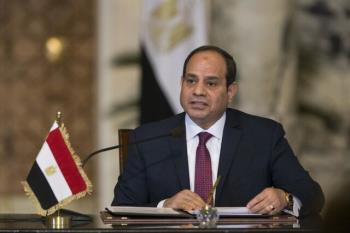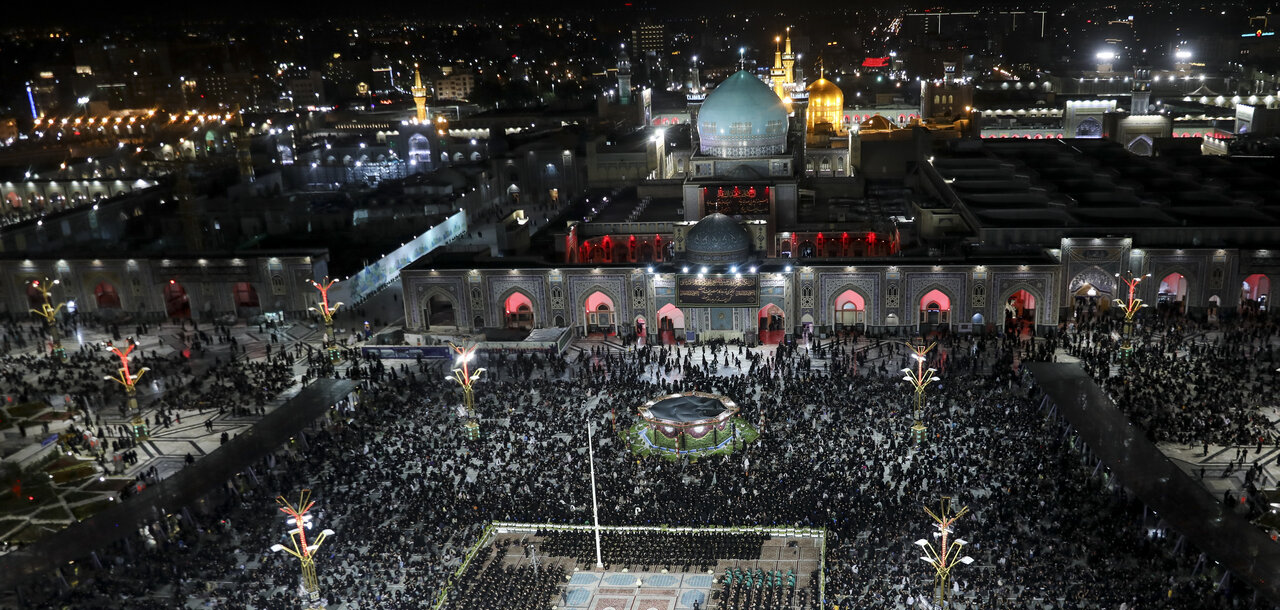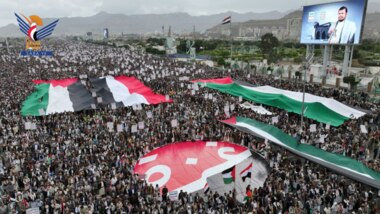Alwaght- Six Arab countries—Egypt, Saudi Arabia, United Arab Emirates, Jordan, Bahrain, and Kuwait—are holding military exercises hosted by Egypt.
Started on November 3, the three-week military drills, codenamed “Arab Shield-1” bring together the six countries’ air forces, navies, and ground forces, as well as the special forces. Lebanon and Morocco also took part in the exercises as observer nations. According to the media reports, the drills are the biggest in Arab history and this is the first time that the Arab countries hold joint military exercises.
The exercises are being held in Egypt’s Mohammad Najib military base and the common military training areas in the Mediterranean.
The Egyptian army released a statement saying that the drills are meant to expand the military ties between the participants for the final end of countering the common challenges and supporting the security efforts to stabilize the region.
The commander of the Saudi forces assigned to take part in the drill, Brig. Abdullah bin Hussein Al-Subaie said that the drills will play an effective role in the cooperation and coordination of the friend counties for joint actions in the future.
Arab Shield-1 prelude to Middle East Strategic Alliance
The six-party drills are coming while in July the White House said that it started negotiating with its regional allies to establish a joint military force, dubbed Middle East Strategic Alliance (MESA). In late September, on the sidelines of the United Nation General Assembly, the US Secretary of State Mike Pompeo met with the foreign ministers of six Arab countries and discussed with them forming an alliance in opposition to the Axis of Resistance, led by Iran and covering Syria, Iraq, Lebanon, and Yemen.
The US plans to host a meeting of the (Persian) Gulf Cooperation Council to lay the foundation for the new alliance, dubbed the Arab NATO. The Arab version of NATO will include six Persian Gulf Arab states plus Egypt, Jordan, and the US.
The US says that it wants to counter the Iran-led camp in the region using this bloc. But this is not everything behind establishing the alliance. Trump seeks benefits behind it. Under Trump, Washington sold billions worth of arms to the Arab states under the excuse of their need to be well-equipped for the alliance. In fact, the weapons sales to the Arab states help the US save its interests in strategic West Asia and the Persian Gulf regions using the Arab money. This, in turn, will allow the Americans to direct their military focus to East Asia for the confrontation of the Chinese and Russian power gain.
Challenges outsizing military drills
The Arab countries are deeply divided and the efforts to paint them as united against the regional environment threats and convergent in their stances even with the underway exercises did not convince anybody even the Arab rulers.
Last year, Saudi Arabia announced the creation of an Islamic military alliance. Defense ministers from 40 Muslim states gathered in Saudi Arabia for the inauguration. But shortly after the meeting, the case was forgotten.
Still, Arab NATO has even bigger and more serious challenges ahead. Now Qatar and Oman, both members of the (P) GCC, are absent from the drills. Qatar has been under blockade of Saudi Arabia, assisted by Bahrain, Egypt, and UAE for over a year. In June 2017, the four countries severed diplomatic ties with Doha and imposed sanctions on the small emirate. To date, no solution to the crisis shoed to be in sight. Saudi Arabia, Egypt, and the UAE find the Muslim Brotherhood, an Islamist group across the Arab world, a key threat to their rule. The group is supported by Qatar. On the other hand, Oman, due to its closeness to Iran and its role as a mediator in the regional and international despites with links to Iran, is highly unlikely to join such an alliance.
Another challenge ahead of such a regional military organization is the leadership of it. There will be fierce competition over the leadership between Saudi Arabia and Egypt.
Having the largest population in the Arab world, Egypt under President Abdel Fattah el-Sisi since 2014 bought billions of dollars of fighter jets, warships, submarines, and helicopters from Russia, France, and Germany. The massive weapons sales are seen as part of Cairo’s struggle for the upcoming alliance’s leadership.
On the other side stands Saudi Arabia that made huge arms sales from the Western allies in a race for the alliance’s command which can serve as a promoter to the oil-wealthy kingdom’s regional and international prestige.
But the smaller countries are growing serious distrust in Saudi Arabia and the UAE. Seeing the pressure on Qatar, Kuwait and Oman are afraid that one time they could fall victim to such overbearing policy by Saudi Arabia. For example, the fear has led Kuwait to seek protection not only from its traditional protector the US but also Turkey and even France. That is why as the Arab exercises go on in Egypt, Kuwait has plans to launch drills with France. The French troops and their facilities are arriving in Kuwait. The two countries plan to launch exercises, codenamed Western Diamond 2018, from November 17 to 30.



























